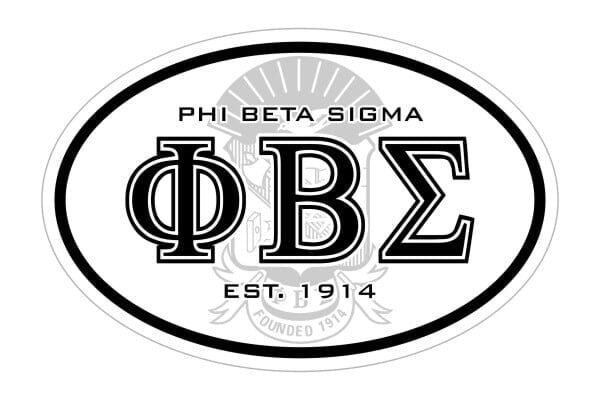
The Kansas Alpha chapter began publication of The Arrow in 1885 it would eventually become a quarterly magazine published by the international fraternity for all its members. The pledge pin is a golden arrowhead with the Greek letter Βeta. The crest is a lozenge emblazoned with the crest of the Brownlee family, two of whom were founders of the fraternity. Pi Beta Phi does not have an official gemstone. The unofficial mascot is the angel, nicknamed "Angelica". The fraternity colors are wine and silver blue. The official symbol of Pi Beta Phi is the arrow, and the official flower is the wine carnation. William Domhoff, writing in Who Rules America?, listed Pi Beta Phi as one of "the four or five sororities with nationwide prestige." Symbols Central Office, the fraternity headquarters, was established in 1925. In 1913, the fraternity created local Alumnae Advisory Committees to support its chapters individually. The fraternity's first philanthropy, Pi Beta Phi Settlement School, was organized in Gatlinburg, Tennessee, in 1912. Meanwhile, chapter expansion continued, and in 1908 the fraternity's first Canadian chapter was established at the University of Toronto. Cooperation among women's fraternities and sororities was formalized in 1902 with the founding of the National Panhellenic Conference, of which Pi Beta Phi was a founding member. In 1893, with the number of alumnae members growing, the fraternity organized a national alumnae department. It began to use Greek letters as its name six years later in 1888, when the name was changed from I. Name change and NPC membership Īt the 1882 convention, the society officially adopted its motto as well as the fraternity colors of wine and silver blue.

The expansion made Pi Beta Phi the first national (multi-chapter) women's secret society. The fraternity's second chapter was established that same year at Iowa Wesleyan College in Mount Pleasant, Iowa. The first fraternity convention was held in 1868 at the home of Fannie Thomson in Oquawka, Illinois. At the Yellowstone Convention of 1934, they voted to limit the links in the badge's chain there are 12, one for each of the founders. When the name was changed to "Pi Beta Phi," the Greek letters replaced "I. Shortly after the founding, the sisters had a jeweler design their official badge: a golden arrow with the letters "I. Sorosis as the name and "Pi Beta Phi" as the motto. They planned their society at a home where two of the women rented a room, choosing I. The founders were Clara Brownlee Hutchinson, Libbie Brook Gaddis, Emma Brownlee Kilgore, Margaret Campbell, Rosa Moore, Ada Bruen Grier, Nancy Black Wallace, Jennie Horne Turnbull, Rachel Jane "Jennie" Nicol, Inez Smith Soule, Fannie Thomson, and Fannie Whitenack Libbey, and they created the society to enjoy the benefits of a secret society similar to those formed by collegiate men. Pi Beta Phi is regarded as the first national women's fraternity. Sorosis on Apat Monmouth College in Monmouth, Illinois. Pi Beta Phi was founded as a secret organization under the name of I.


Since its founding, the fraternity has installed over 200 chapters and more than 300 alumnae organizations across the United States and Canada. Pi Phi's headquarters are located in Town and Country, Missouri. Sorosis, the first national secret college society of women to be modeled after the men's Greek-letter fraternity.

Pi Beta Phi ( ΠΒΦ), often known simply as Pi Phi, is an international women's fraternity founded at Monmouth College, in Monmouth, Illinois on Apas I. North American collegiate sorority Pi Beta Phi


 0 kommentar(er)
0 kommentar(er)
